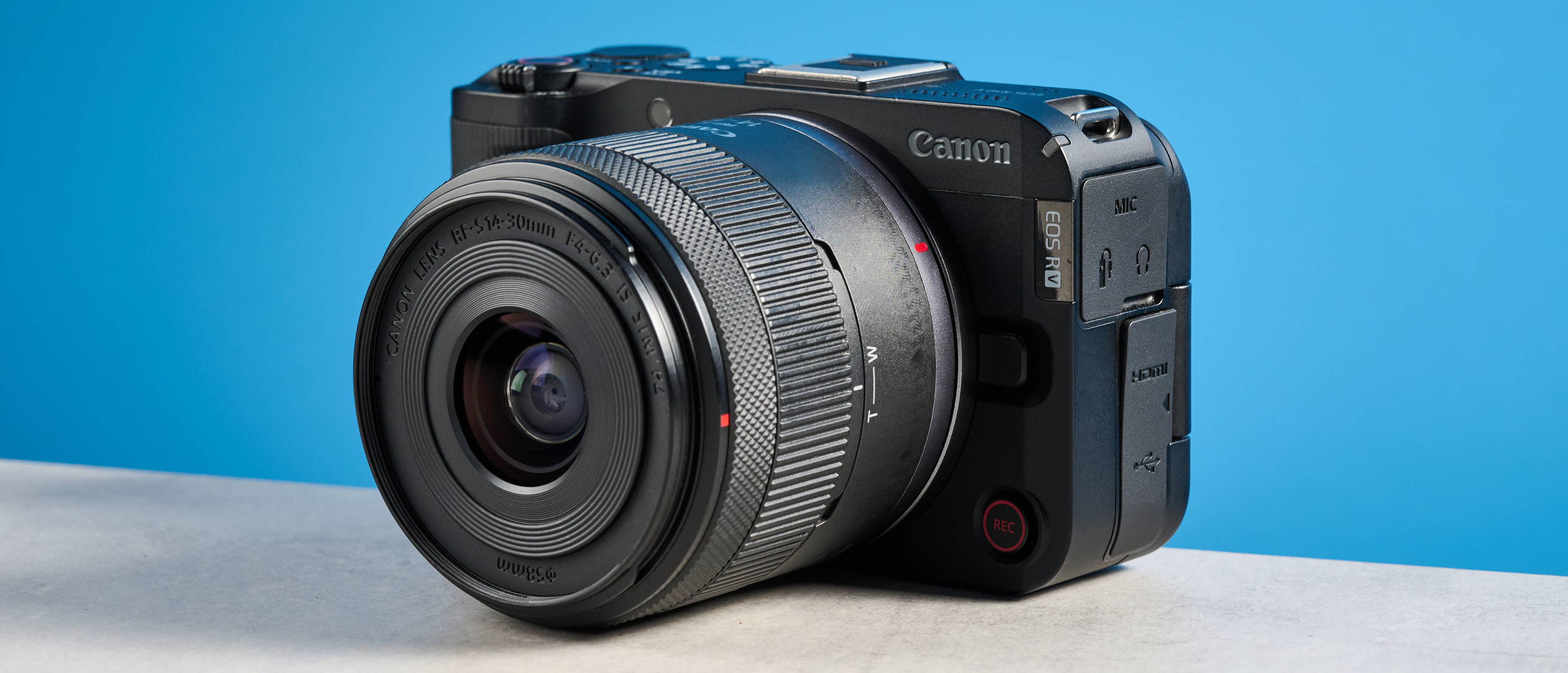Tom's Guide Verdict
The Canon EOS R50 V is a compact but powerful camera, capable of recording smooth 4K/60fps and capturing lovely 24.2MP stills. Its video-first design means it sports dual recording buttons and a dial dedicated to different video modes. The autofocus is fantastic and fast with Auto subject detection too. However, there’s no IBIS and there’s a limited range of native RF-S lenses.
Pros
- +
Dual video recording buttons
- +
Smooth 4K/60fps video
- +
Compact and lightweight
- +
Fantastic autofocus
- +
Good for stills too
Cons
- -
No IBIS
- -
Limited range of RF-S lenses
Why you can trust Tom's Guide
All photographers and videographers need a good camera that can stand the test of time and is reliable. For video work, you don’t necessarily need to drop thousands on a half-decent camera anymore, as proven by the entry-level Canon EOS R50 V. Inspired by the brand’s Cinema EOS lineup, the EOS R50 V offers an accessible entry point for those looking to step up their video game and venture into the world of the best mirrorless cameras.
Thanks to its intuitive and straightforward control scheme, the EOS R50 V is extremely easy to use. It captures lovely 4K/60fps footage and comes with a dedicated Cinema View mode for creating film-like videos. Not just that, it takes good, detailed 24.2MP stills too. The EOS R50 V is also very lightweight and compact, making it the ideal camera to travel with. And the best part? It costs just $699 for the body.
To find out if this is the right video camera for you, read my full Canon EOS R50 V review.
Canon EOS R50 V review: Cheat sheet
- What is it? It’s like the Canon EOS R50… but specifically for video. It’s the first entry in Canon’s EOS V series
- Who is it for? For enthusiasts who want a mirrorless, video-specific camera that’s also compact and portable
- How much does it cost? The Canon EOS R50 V’s body costs $699 / £729
- What do we like? The dual video recording buttons, smooth 4K/60fps footage, good stills performance, fantastic autofocus, and lightweight and compact body
- What don’t we like? There’s no IBIS and native RF-S lenses are limited
Canon EOS R50 V review: Specs
Specs | Canon EOS R50 V |
|---|---|
Price | |
Sensor | 24.2MP APS-C CMOS |
Stabilization | Digital only |
AF system | Dual Pixel CMOS AF II |
Focus modes | One Shot AF, AI Focus AF, Servo AF, Manual AF |
Viewfinder | No |
Display | 3-inch Color Vari-Angle touchscreen, approx. 1.04 million dots |
ISO range | 100-51,200 |
Max video resolution | 4K/60P, FHD/120P |
Ports | USB-C, micro HDMI output, 3.5mm mic in and headphones out, 1x SD/SDHC/SDXC UHS-II |
Wireless/Bluetooth | Wi-Fi, Bluetooth |
Max shooting speed | 15fps electronic | 12fps mechanical |
Max shutter speed | 30s to 1/8000s (stills, electronic) | 60s to 1/4000s (stills, mechanical) |
Battery life (Stills, CIPA) | 480 shots |
Battery life (Continuous 4K/30P, tested) | 60 minutes |
Size | 4.69 x 2.9 x 1.77 inches |
Weight | 13.05oz (with battery and card) |
Canon EOS R50 V review: Price & availability
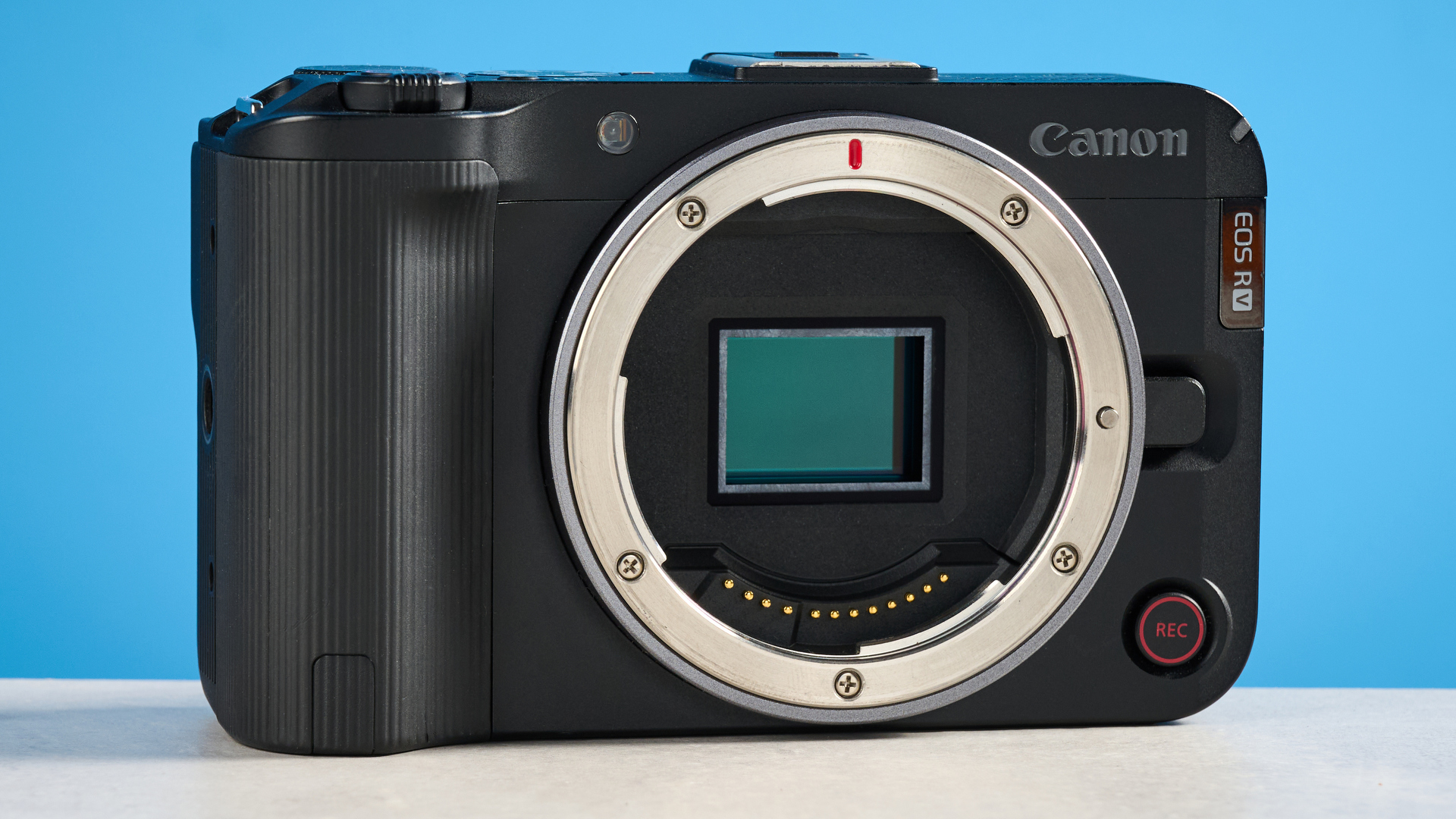
The Canon EOS R50 V was launched in March 2025 alongside the Canon PowerShot V1. It’s the spiritual successor to the Canon EOS R50 and is aimed at those who want a video-first EOS R System camera. Its body retails for $699 / £729 at Amazon, making it cheaper than the PowerShot V1 ($899) but slightly pricier than the EOS R50 ($679).
Canon also launched a new video-centric lens to accompany the EOS R50 V: the RF-S 14-30mm F4-6.3 IS STM PTZ. With the lens, the camera costs $849 / £959 which is great value for money. There’s also a plethora of RF (full frame native) mount lenses that the camera is compatible with, providing shooters with more flexibility, but you’ll need to calculate the extra reach due to the APS-C crop factor. RF-S lenses (APS-C native) are relatively thin on the ground, though.
As an ILC (interchangeable lens camera), the EOS R50 V finds itself competing against the likes of the Sony ZV-E10 II ($999), the Fujifilm X-M5 ($799) and the Nikon Z 30 ($709). It offers an inexpensive way for beginners or enthusiasts to step into the world of mirrorless interchangeable lens cameras.
Canon EOS R50 V review: Design

Although it’s the Canon EOS R50’s sibling, the Canon EOS R50 V sports a different, more compact design. Measuring 4.69 x 2.9 x 1.77 inches, the EOS R50 V is slightly longer but thinner and shorter than the EOS R50. Both cameras are near-identical in weight too. The EOS R50 V is a little lighter at 13.05oz, which means you can easily carry it in your pocket or bag without feeling weighed down.
Get instant access to breaking news, the hottest reviews, great deals and helpful tips.
The EOS R50 V is, of course, shorter than the EOS R50 because of the obvious absence of a viewfinder and built-in flash which is fine because this is a video-first camera. Even though it’s made entirely of plastic, it doesn’t feel or look cheap. It’s great to handle too, thanks to good weight distribution and a slightly protruding sculpted grip on the right.
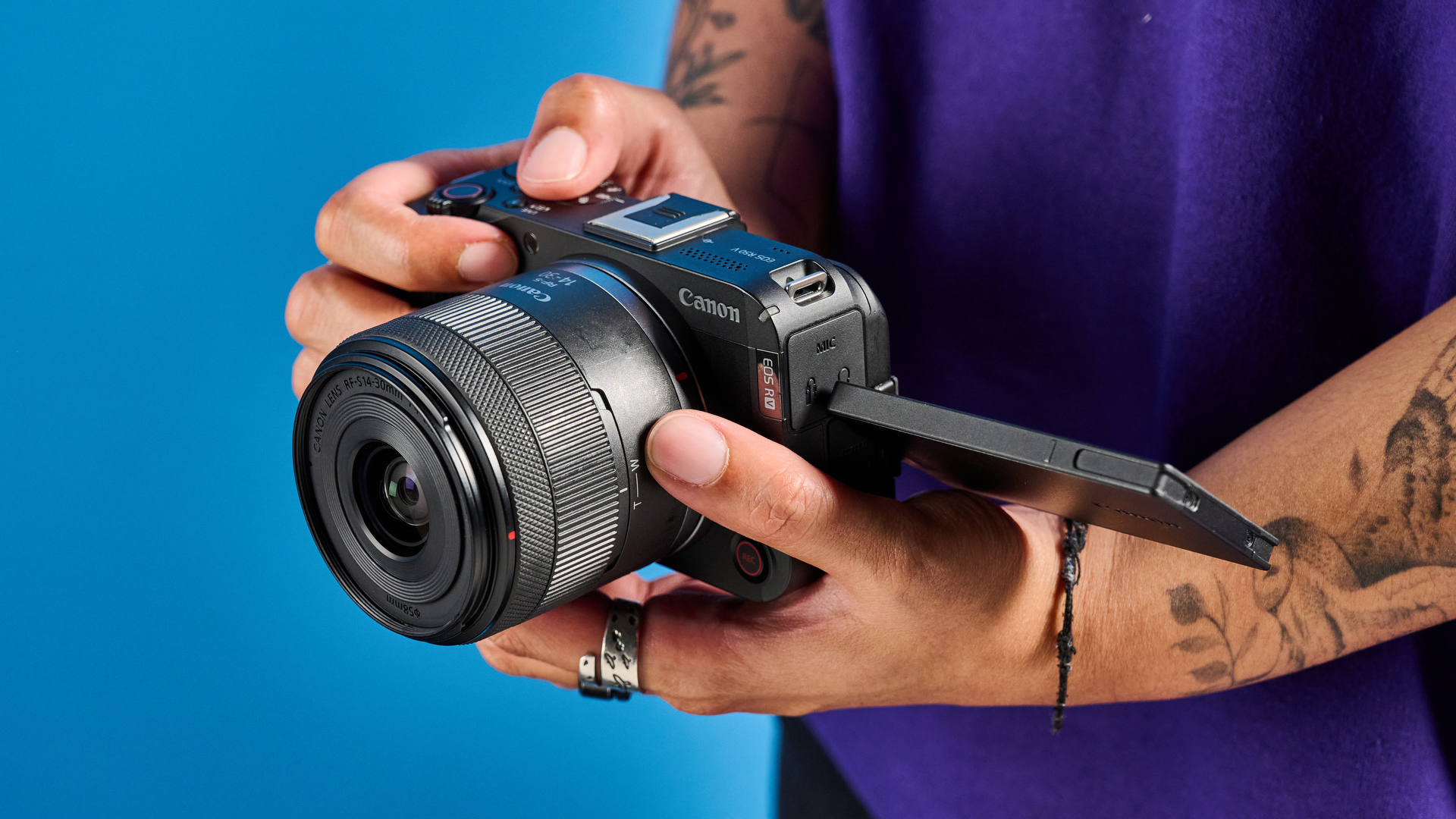
There are also two tripod threads on the EOS R50 V: one on the bottom plate and another along the camera’s right edge. The latter is especially handy if you want to shoot vertical video while the camera is mounted on a small tripod or grip without a rotating head — and it’s something that’s missing from the likes of the Sony ZV-E10 II and the Fujifilm X-M5.
Ports
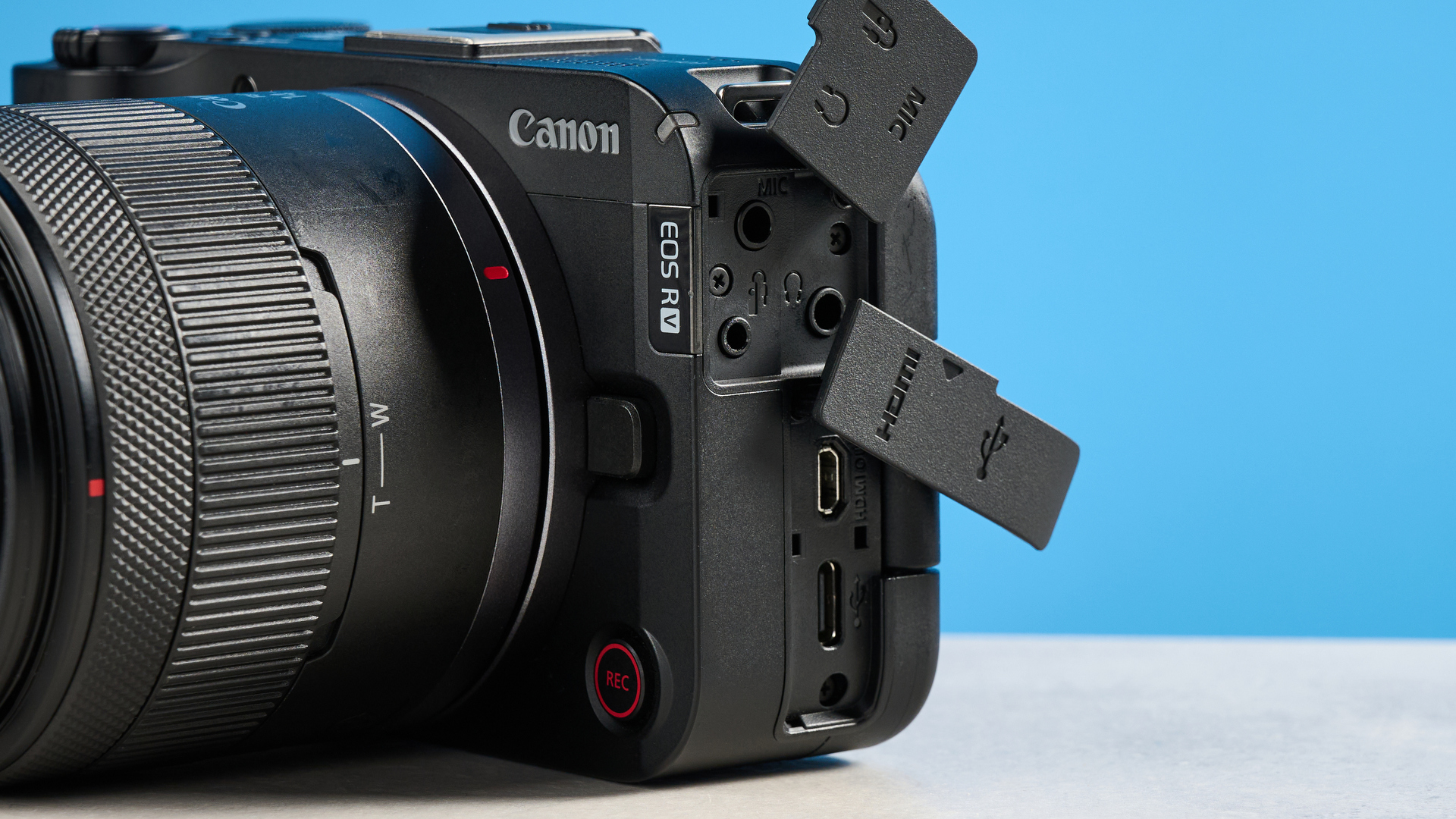
Ports on the EOS R50 V are as you’d expect from a video camera in this price range. These are all housed on the camera’s left edge and include: 3.5mm headphones and mic jacks, a USB-C port for charging and data transfer, and a micro-HDMI for external monitor/recorder hookup. The headphones port is a new inclusion as it was missing from the EOS R50, and it enables you to monitor sound levels while you shoot.
On the bottom plate, you’ll find the battery compartment which houses the LP-E17 battery pack, the same as the one found in the Canon PowerShot V1. Located next to it is a slot for a SD/SDHC/SDXC UHS-II memory card.
Monitor
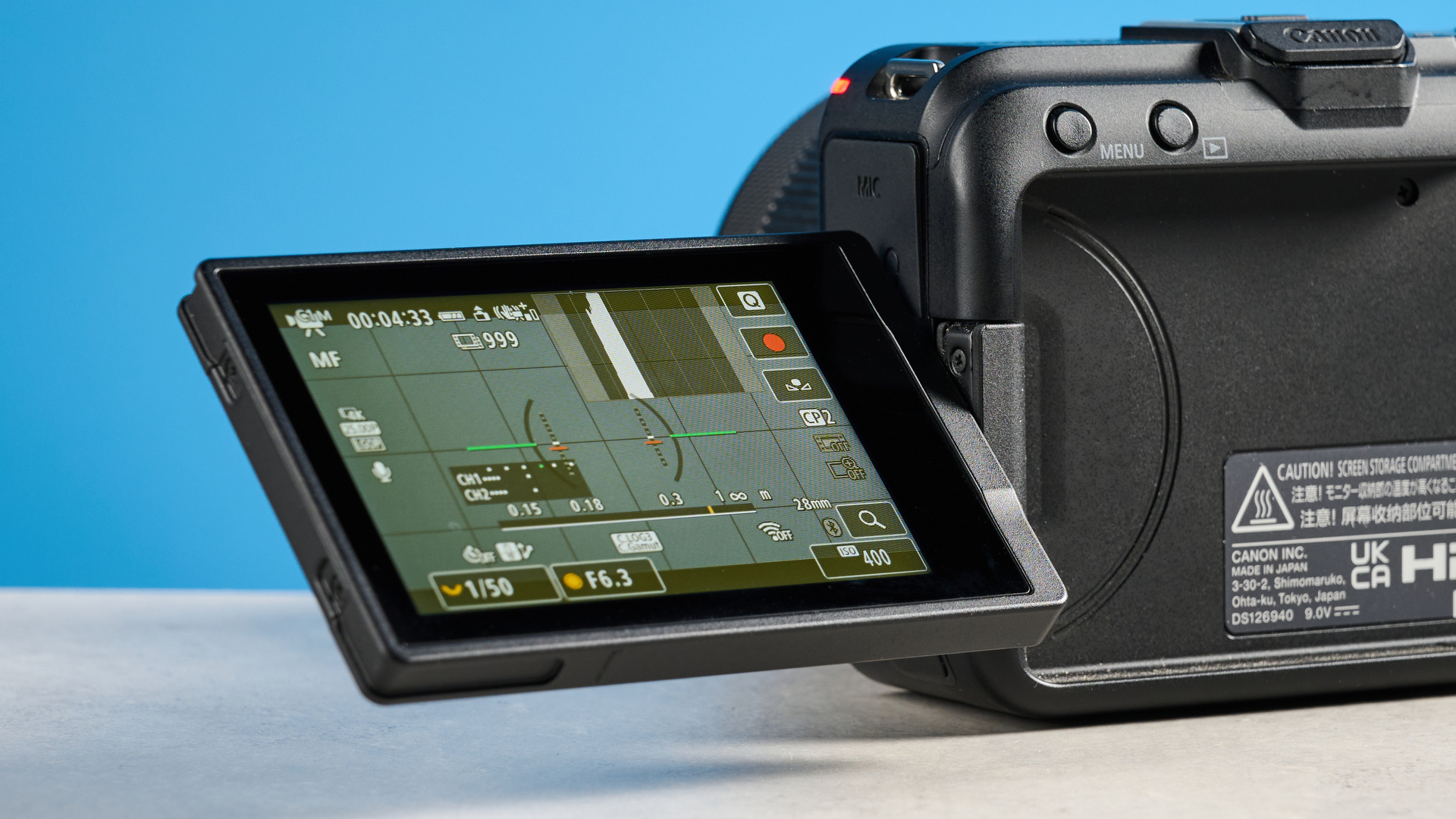
The EOS R50 V is fitted with a 3-inch fully articulating LCD touchscreen that has a resolution of 1.04 million dots, similar to the Fujifilm X-M5 and the Sony ZV-E10 II. In my testing, the touchscreen was highly responsive and easy to read. Accessing the quick settings Q menu or changing settings on the fly was extremely easy.
In most lighting conditions, I could read the monitor easily too, and even monitor sound levels. The monitor’s tilt and turn mechanism was extremely handy when taking selfies, shooting at low angles close to the ground or at awkward angles overhead.
As this is a video-centric camera, there is no viewfinder. If you want a camera that you can also use for photography, a viewfinder is essential, so I’d recommend the Canon EOS R50 or the Lumix G97 ($849).
Weather-sealing
The EOS R50 V is not weather-sealed so you’ll need to be wary when shooting in the rain or in dusty environments. Again, this is par for the course in cameras at this price, and you’ll need to spend upwards of $1,700 on a camera like the Fujifilm X-T5 or Lumix GH7 ($2,199).
Canon EOS R50 V review: Controls
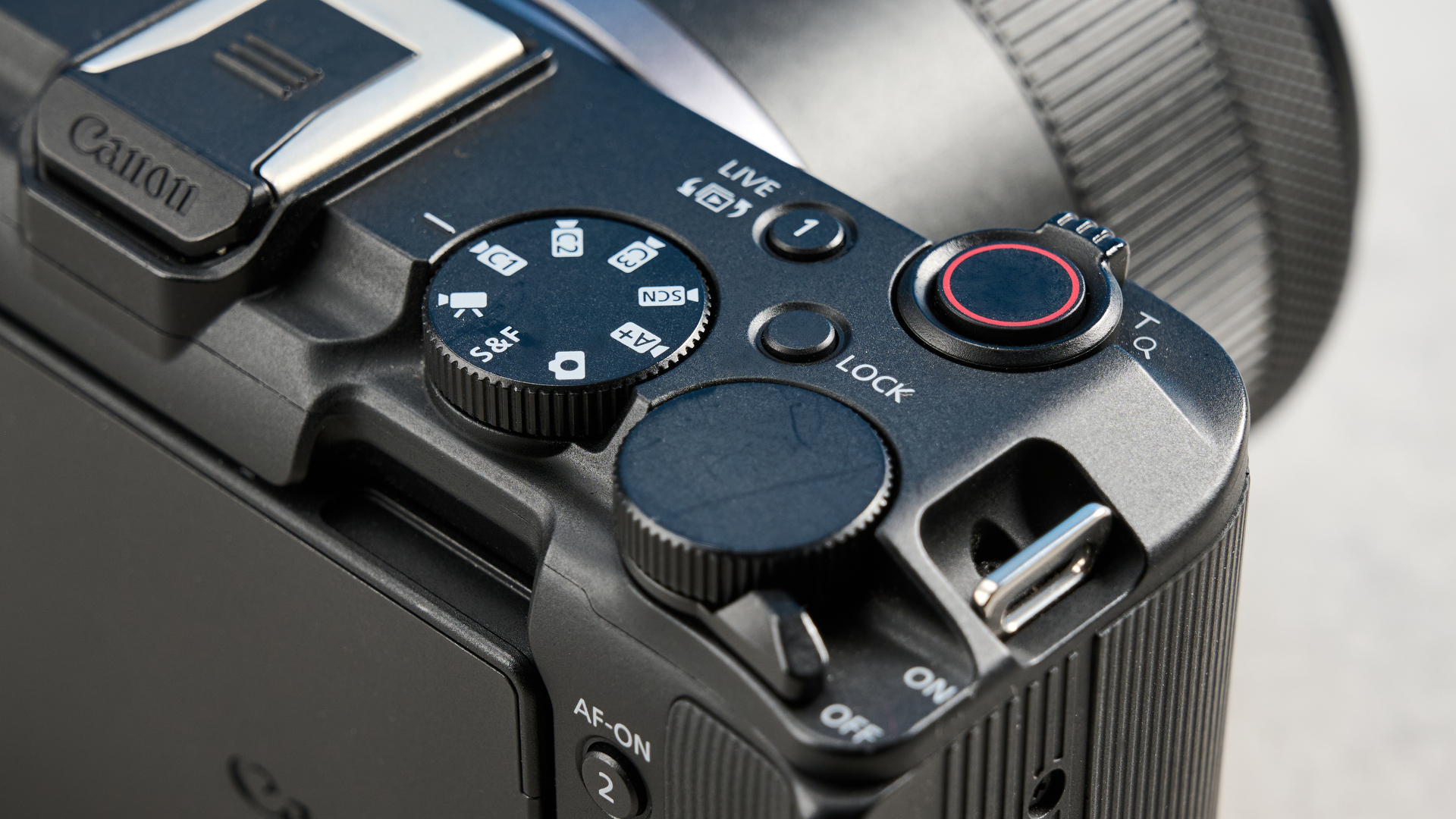
What I said about the Canon PowerShot V1’s control scheme applies to the Canon EOS R50 V too. The EOS R50 V sports an extremely straightforward and intuitive control scheme, so much so that I was shooting within a minute of unboxing the camera and setting it up.
The main dial on the top plate lets you swap between eight shooting modes (one for stills) and the C1, C2 and C3 modes are fully customizable. I found it extremely easy to assign different shooting settings, such as video resolution, focus modes and color profiles, to each. A new addition to this dial is the Slow & Fast (S&F) mode which lets you shoot slow motion and timelapse footage straight out of camera with no editing required to achieve the effects. This isn’t something I’d naturally reach for but it’s good to see that Canon has taken every kind of videographer into consideration.

I also really like the dual recording buttons which no other Canon EOS R System camera has. There’s one on the top plate near the dial and another in the bottom left corner on the front, under the lens, which I found easy to reach when shooting with my non-dominant left hand. Overall, the EOS R50 V is a joy to use, and its straightforward controls make it suitable for those just stepping into the world of mirrorless cameras.
Canon EOS R50 V review: Autofocus
I have always been highly impressed by Canon’s Dual Pixel CMOS AF II autofocus system, which the Canon EOS R50 V utilizes. It’s the same AF system also found in the (much) pricier Canon EOS R6 Mark II ($1,999) and in the Canon PowerShot V1. It utilizes deep learning technology for high-speed subject detection, and the EOS R50 V can quickly detect animals’, birds’ and humans’ eyes and faces, and vehicles too — and it works like a charm.
The EOS R50 V uses 651 automatic focus points and 4,503 manually selectable points for stills, and this drops to 527 automatic and 3,713 manual points for video. Both are far better than the Fujifilm X-M5 (425 phase-detection points and 117 contrast-detection), the Nikon Z 30 (209 points) and the Sony ZV-E10 II (759 phase-detection).
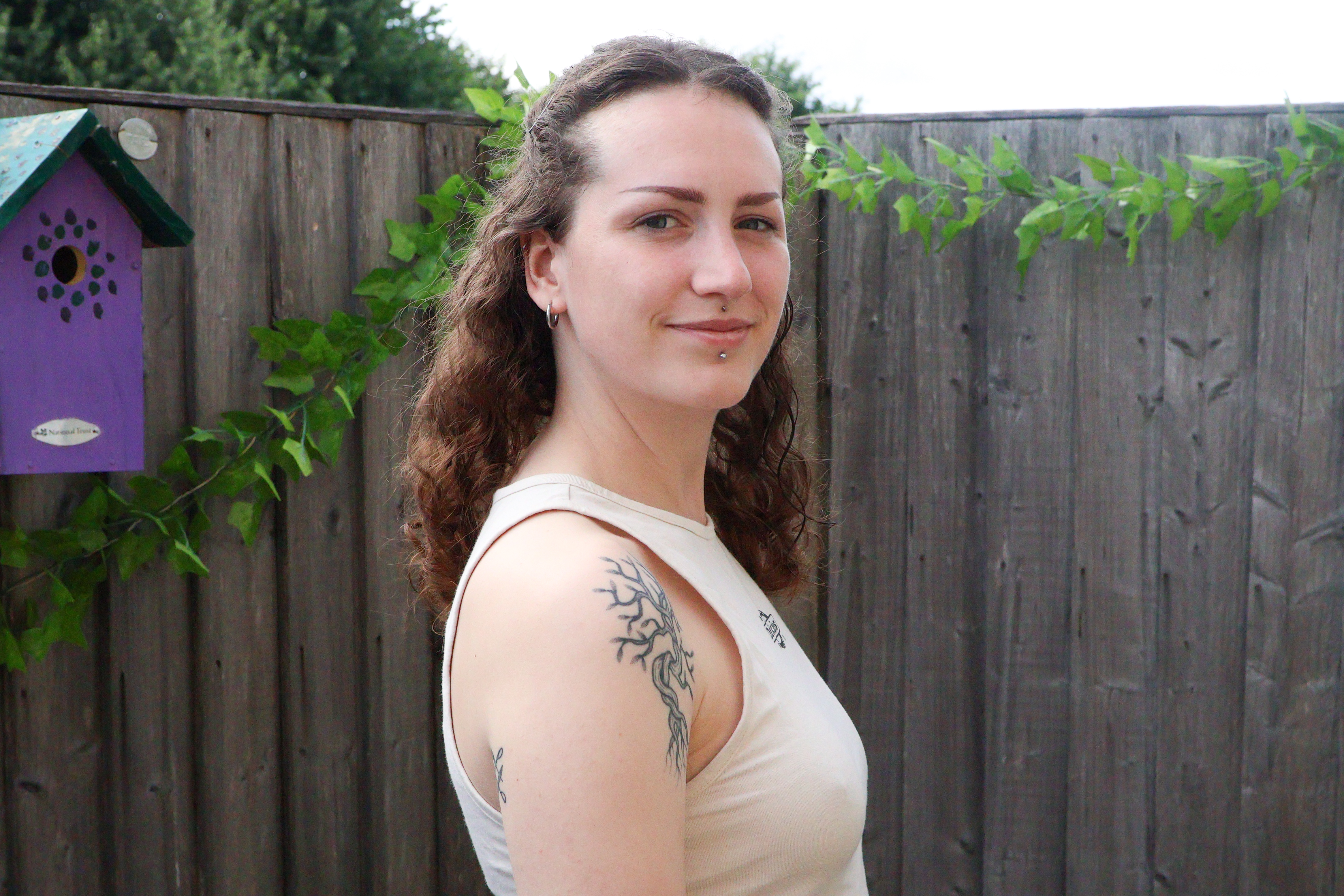


The camera quickly locked onto my partner’s face in the first photo above, and it had no issues detecting my friends’ faces (second and third photos above) even in an environment with tricky lighting and lots of objects in frame (often partially obscuring faces).

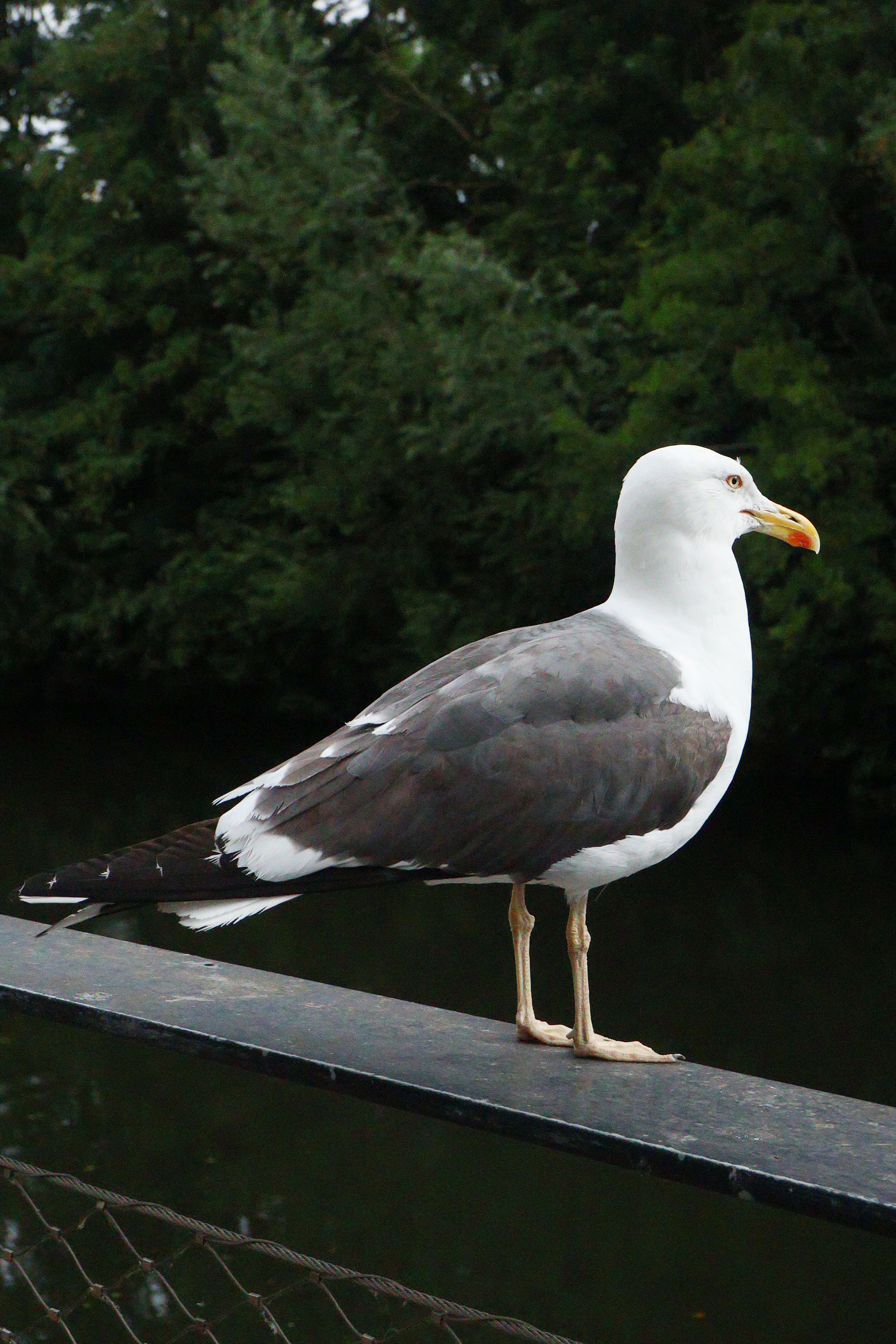
Similar to the Canon EOS R5 Mark II ($4,299), the EOS R50 V features Auto subject detection which you can toggle via the Q menu. This negates the need to swap between the subject you want the camera to focus on. Swapping from photographing a bike to a bird one after the other presented zero issues. This is something missing from both the X-M5 and the ZV-E10 II, and I wish both Fujifilm and Sony would rectify this as it takes a step out of the photography process.
Autofocus in video works just as well if not better, as you can see in the video above. The camera was quick to lock on to my face every time I entered the frame.
Similarly, the EOS R50 V reliably locked on to the duck and then on the flock of ducks as I panned to them. Overall, the camera’s a winner when it comes to its autofocus capabilities, and would suit nearly every genre of videography and photography.
Canon EOS R50 V review: Stabilization
Similar to the Canon EOS R50, the Canon EOS R50 V does not feature in-body image stabilization (IBIS), which isn’t uncommon at this price point. For context, the Fujifilm X-M5, the Nikon Z 30 and the Sony ZV-E10 II don’t feature IBIS either.
Instead, the EOS R50 V utilizes Movie Digital IS for video, while almost all (except the niche ‘VR’ virtual reality versions) of Canon’s APS-C native RF-S lenses feature optical stabilization.
No IBIS means you are reliant on lenses for true, uncropped stabilization (digital IS crops your image to align frames and effectively stabilize footage). This limits the choice you will have when branching out to other lenses — primes, for example — as while most RF-S lenses have IS, there aren’t very many of them. There are a decent number of Canon’s full frame RF lenses with IS, but many of the affordable prime lenses don’t have stabilization. It’s a little limiting.

No IBIS will also affect how low you can drop shutter speeds for photography, as IS lenses typically offer less stabilization than sensor-shift IBIS, although this isn’t a stills camera, so the main issue here is about the stabilization of video.
The kit lens compounds this issue, as indeed does Canon’s whole RF-S lens lineup. There isn’t one single constant aperture zoom lens, with many of the lenses (including the kit lens) topping out a maximum aperture of f/4. There are no primes either, except the VR lenses which are a niche product.
Without a constant maximum aperture, your lens will be hampered at longer focal lengths by being restricted to narrower apertures, meaning less light and cinematic bokeh effects. In short, you’re going to want to switch away from RF-S lenses, as they’re not very good, and your choice will be limited even when you do.
Anyway, on to the good bit now. Movie Digital IS has two levels: On and Enhanced. Both of these incur heavy crops, but you’ll still be outputting at 4K, so it isn’t a huge issue if you have a suitable wide angle lens (like the kit lens) to maintain a wider field of view. You won’t be able to shoot at 4K/60fps with Movie Digital IS, though, which is more of an issue if not using an IS lens.
In the compilation above (shot in 4K/30P), you can see the difference between Movie Digital IS Off, On and Enhanced — and the lens’ IS was also enabled. In the first clip, camera shake is very visible, as you’d expect, but this is negated in the second clip and by the third clip, it’s a thing of the past. I have naturally shaky hands so I highly appreciate the camera not making that apparent.
Canon EOS R50 V review: Video performance
The Canon EOS R50 V’s video specs are similar to that of the Canon PowerShot V1 — at a lower price. The camera is capable of shooting 4K video at 60fps (with a crop), 4K at 30fps (without a crop), and out-of-camera slow-mo (or time lapse) at FullHD/120fps with its dedicated Slow & Fast mode.
While these specs are great, the Fujifilm X-M5 offers 6K video, so it might be worth spending an additional $100 if that matters to you. If you shoot in 6K, you’ll be able to crop right into the frame or oversample the 4K output, ultimately providing you with more flexibility in post-production. But (there’s always a but) the EOS R50 V already captures 4K footage oversampled from 6K — so dealer’s choice.
Without incurring a crop, you can shoot 4K video at 30fps. I used the camera on a day out with my friends at Bubble Planet in London, U.K., and you can see sample footage above. The footage is smooth and the colors are popping. Also, because the camera is so compact, I was able to slip it into my trousers’ pocket and pull it out as needed without many hiccups.
4K/60fps video is, of course, one of the camera’s biggest selling points, and you can see sample footage above. The colors look stunning and you can even see the tiny details in the flowers. The EOS R50 V’s autofocus works well, again, keeping the seagull in focus as it takes off. I love how crystal clear the footage is. Keep in mind, though, that shooting in 4K/60fps incurs a 1.4x crop and, as I mentioned earlier, you lose out on stabilization too if you aren’t using an IS-enabled lens.
Canon has also added Cinema View Mode to the EOS R50 V, which can be found on some Cinema EOS cameras. Basically, it records video in a 2.35:1 widescreen aspect ratio — often used in films — and drops the frame rate down to 24P to achieve a cinematic look. You can see sample footage above, which I love the look of.
This could be a game changer for enthusiast videographers, as you can always use Color Profiles and filters, allowing for more creative possibilities.
Similar to the PowerShot V1, the X-M5, the ZV-E10 II, the EOS R50 V can shoot 4:2:2 10-bit video, making it capable of capturing a total of 1.07 billion individual hues. Shooting in C-Log 3 is an option too, which captures a wider dynamic range than SDR, although requires color grading in post-production. You can see what unedited C-Log 3 footage looks like above.
Canon EOS R50 V review: Audio quality
The Canon EOS R50 V has a decent built-in microphone which should suffice when shooting on-the-fly, but I’d recommend grabbing one of the best microphones to give your audio a professional feel.
The dual channel 48 KHz 24/16-bit stereo microphone performed decently in my testing — although it didn’t blow me away — as you can hear in the clip above. It does sound slightly echo-y though, even though my home office isn’t.
Canon EOS R50 V review: Image quality




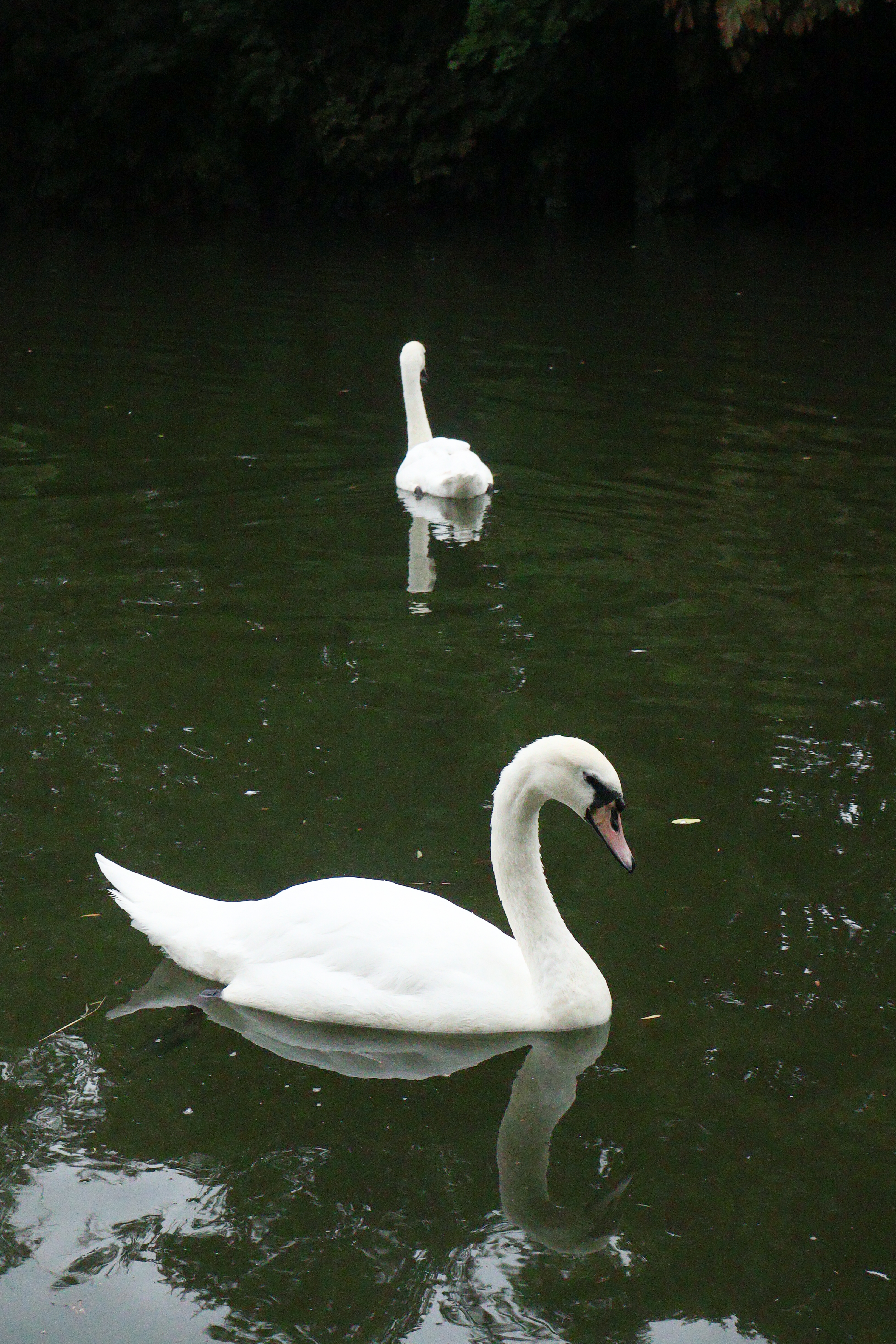
The Canon EOS R50 V is a video-first camera so I’ll keep this section short and sweet. The camera’s 24.2MP CMOS sensor captures lovely stills with a good amount of detail. Its resolution is more than the PowerShot V1’s 22MP sensor but less than the Sony ZV-E10 II’s and the Fujifilm X-M5’s 26MP sensors.
Still, I’ve been pleased with the images I’ve captured, which you can see in the gallery above. Canon’s fantastic color science is at display here as the colors appear vibrant and true to life. The kit lens’ 14-30mm focal range gives a wide field of view that captures a lot of the scene, making the EOS R50 V great for landscapes and street photography.
Its 15fps electronic and 12fps mechanical shutters are faster than the ZV-E10 II’s 11fps shutter and should suffice for moderately fast-paced action. If you want a faster camera, the X-M5 has a 30fps shutter which should be better for photographing sports or wildlife.
ISO performance
The EOS R50 V has an ISO range of 100-51,200 which should suffice in most shooting conditions. As with other cameras I test at Tom’s Guide, I put the EOS R50 V through an indoors ISO test — bear in mind that this is an extreme test and you’re unlikely to be shooting at ISO25600 in most real-world scenarios.
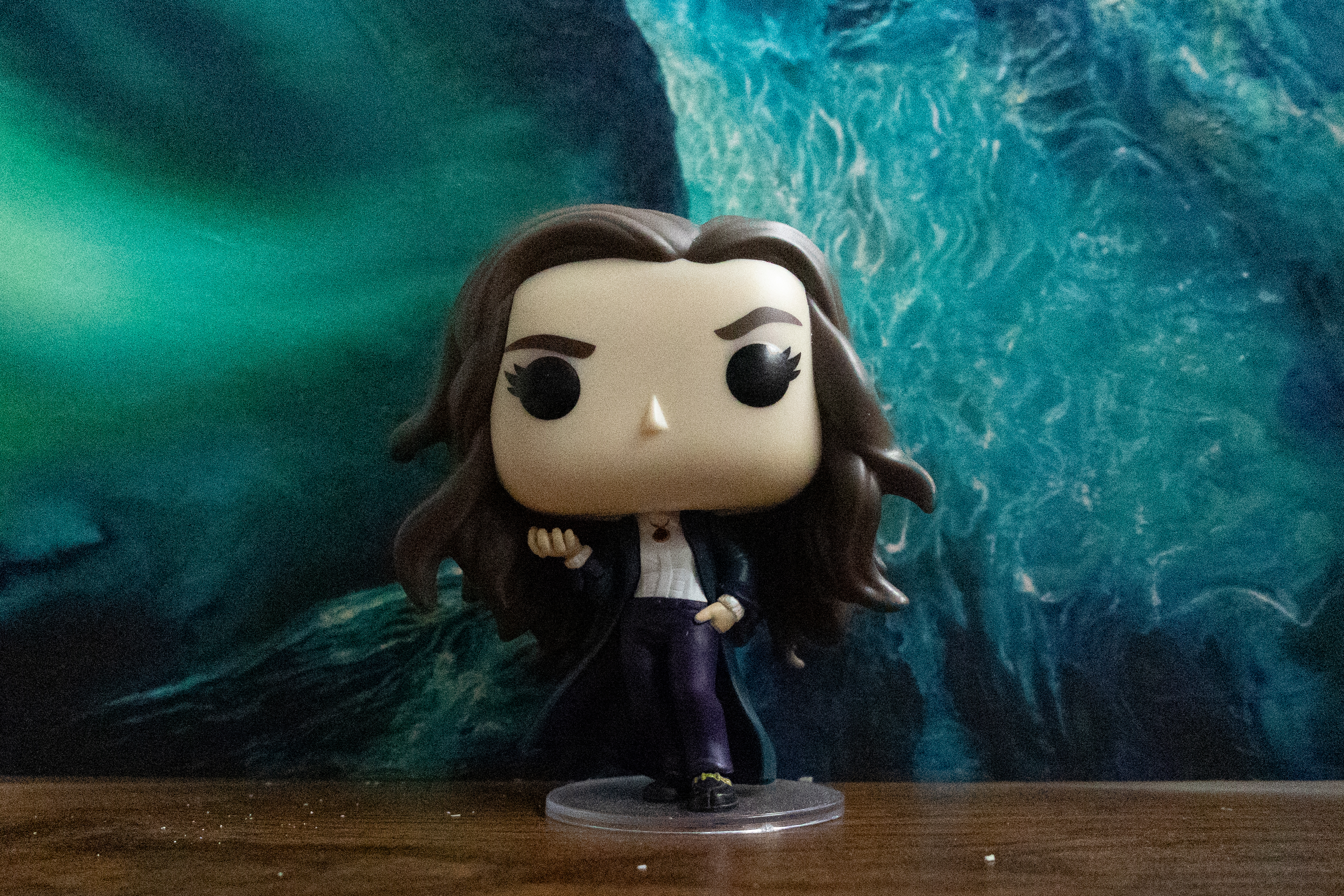
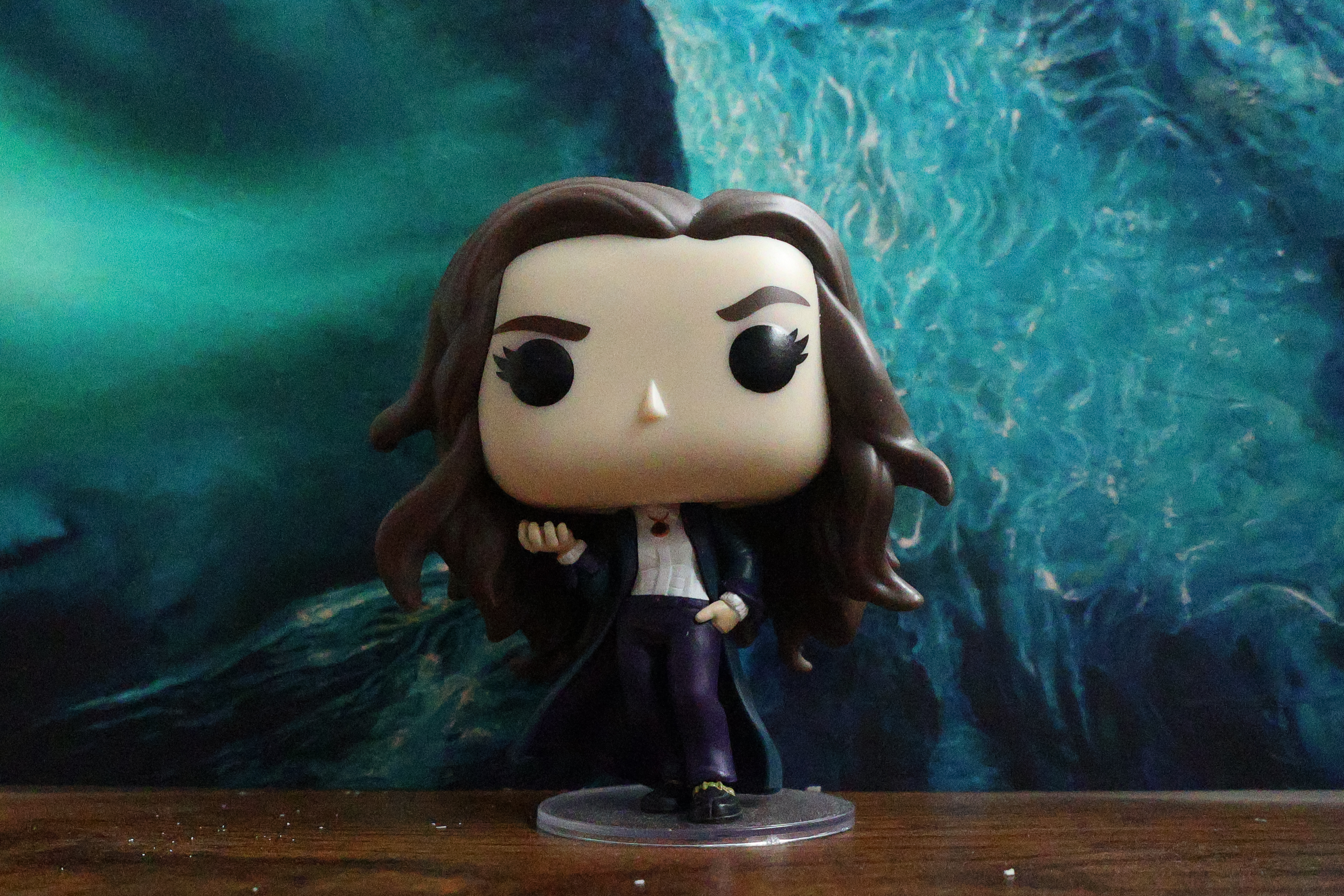
Photos taken at ISO6400 turn out fine with barely any grain visible, but it’s at ISO12,800 that things start to get noisy. The first photo in the gallery above is a JPEG export of the CR3 RAW file, while the second is the straight-out-of-camera (SOOC) JPEG.
The EOS R50 V’s DIGIX X processor has eliminated some grain but a lot of it still remains in the second photo, as you can see in the bobblehead’s chin and the wooden desk. There’s also a general loss in sharpness from the smoothing of noise suppression, visible in the art print in the background where the greens and blues look muddled together. There’s also a loss in sharpness around the bobblehead’s chin.

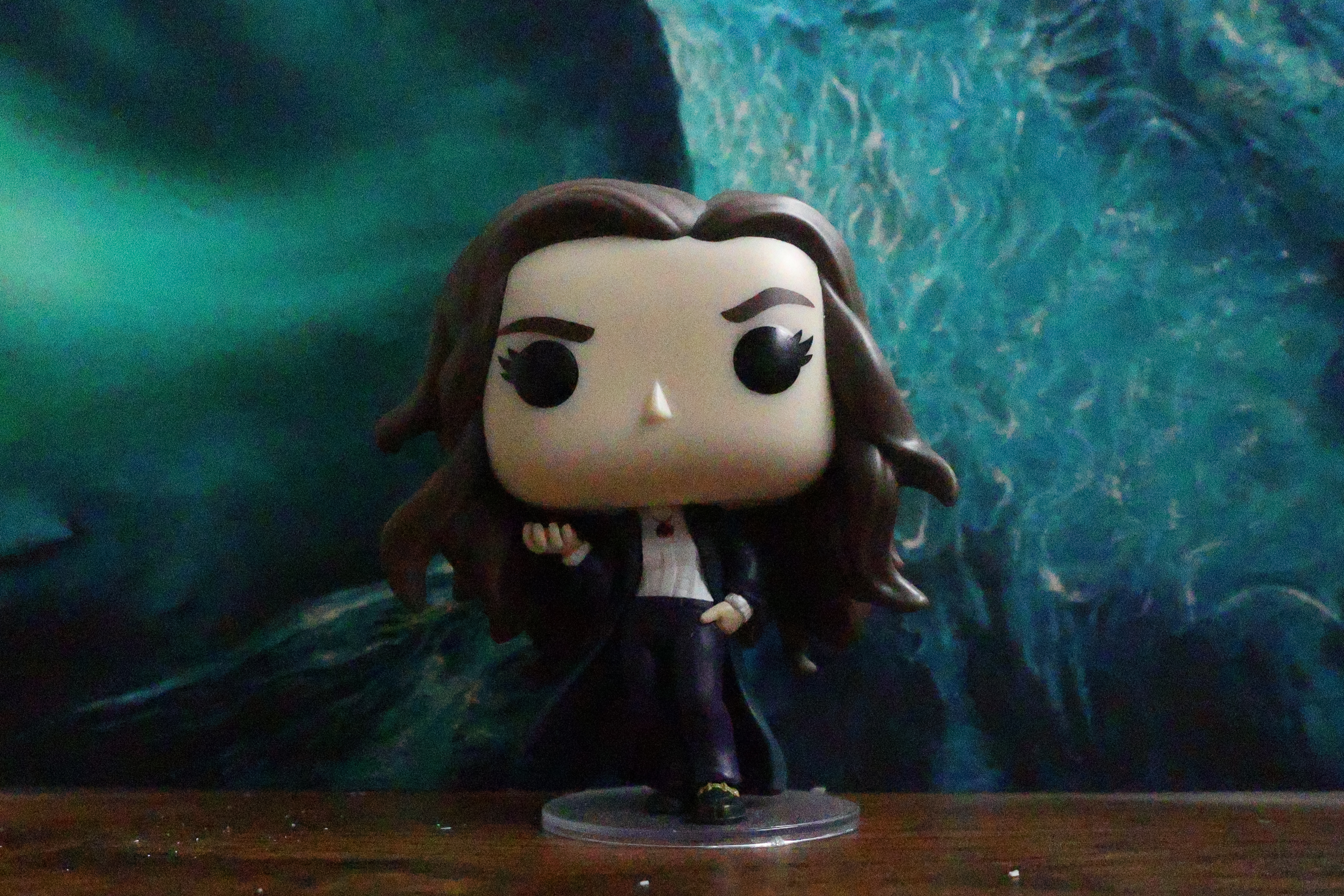
It only gets noisier from here, as noise at ISO25,600 completely ruins the JPEG export of the CR3 file (first photo above). Even in the SOOC JPEG (second photo above), the noise is very clear and ruinous. A lot of sharpness has been lost in the art print as well as the bobblehead’s hands. I’d only recommend shooting at such high sensitivity only as a last resort where there’s no other way out.
Canon EOS R50 V review: Battery life
When it comes to stills, the Canon EOS R50 V has a CIPA rating of 480 shots which sounds like a lot but, alas, it pales in comparison to the Sony ZV-E10 II which is rated for 610 stills. However, it performs better than the Fujifilm X-M5 and the Nikon Z 30, both of which are CIPA-rated for 330 stills.
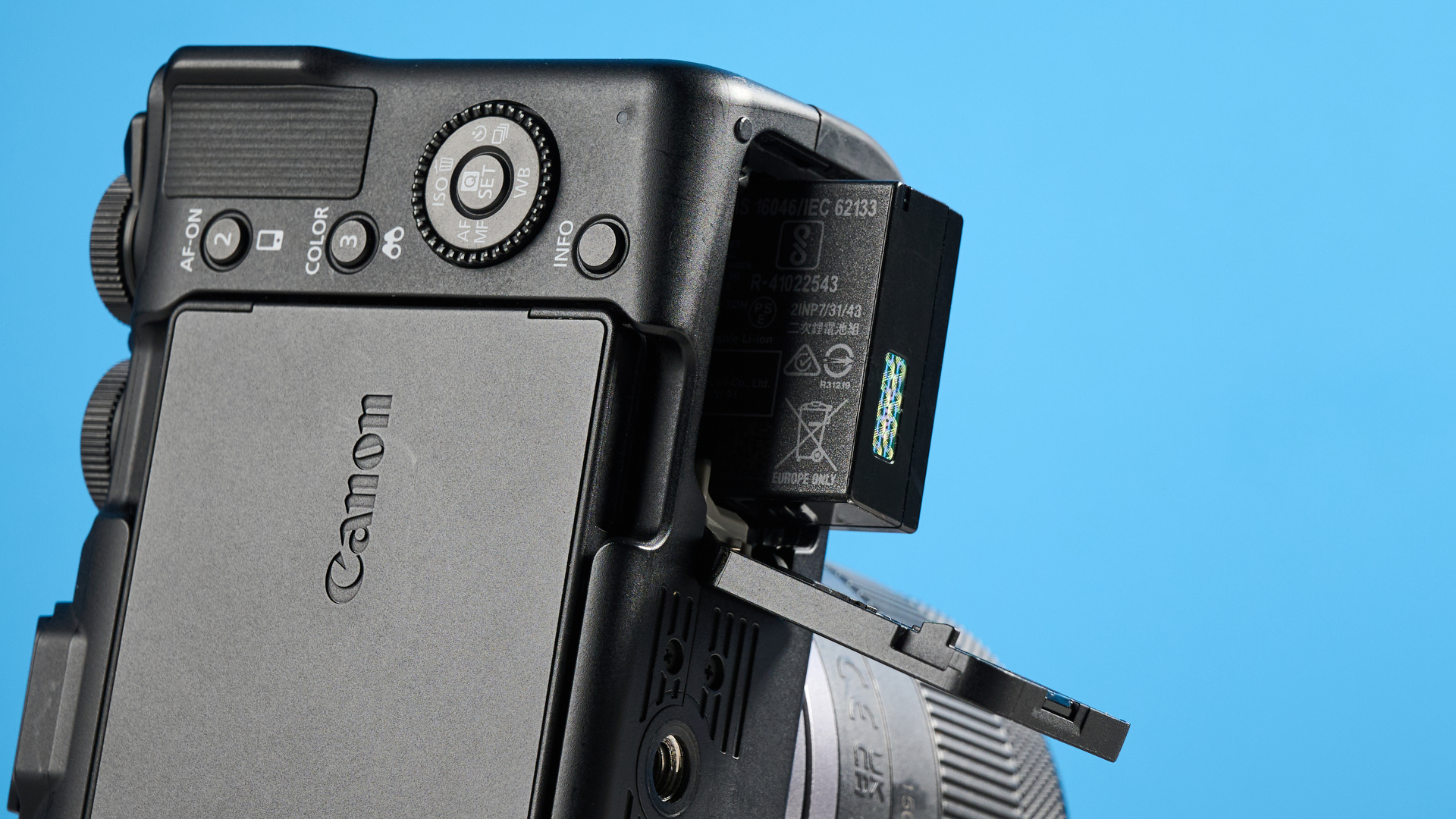
Real-life results always differ from CIPA ratings as those are done under strict conditions. In my testing, on a single charge, I was able to snap nearly 600 photos while shooting indoors and outdoors, with regular settings tweaks and playback.
Canon doesn’t specify the CIPA rating for video which is what matters more considering this is a video-first camera. I left the camera recording 4K/30fps video indoors to try and drain the battery, and kept regularly checking for signs of overheating. I was able to get approximately 60 minutes of footage with three very brief periods of overheating at the 20-minute, 32-minute and 48-minute mark. Good news is that you can charge the camera while using it, unlike the X-M5, so you can shoot long form video.
Canon EOS R50 V review: Verdict
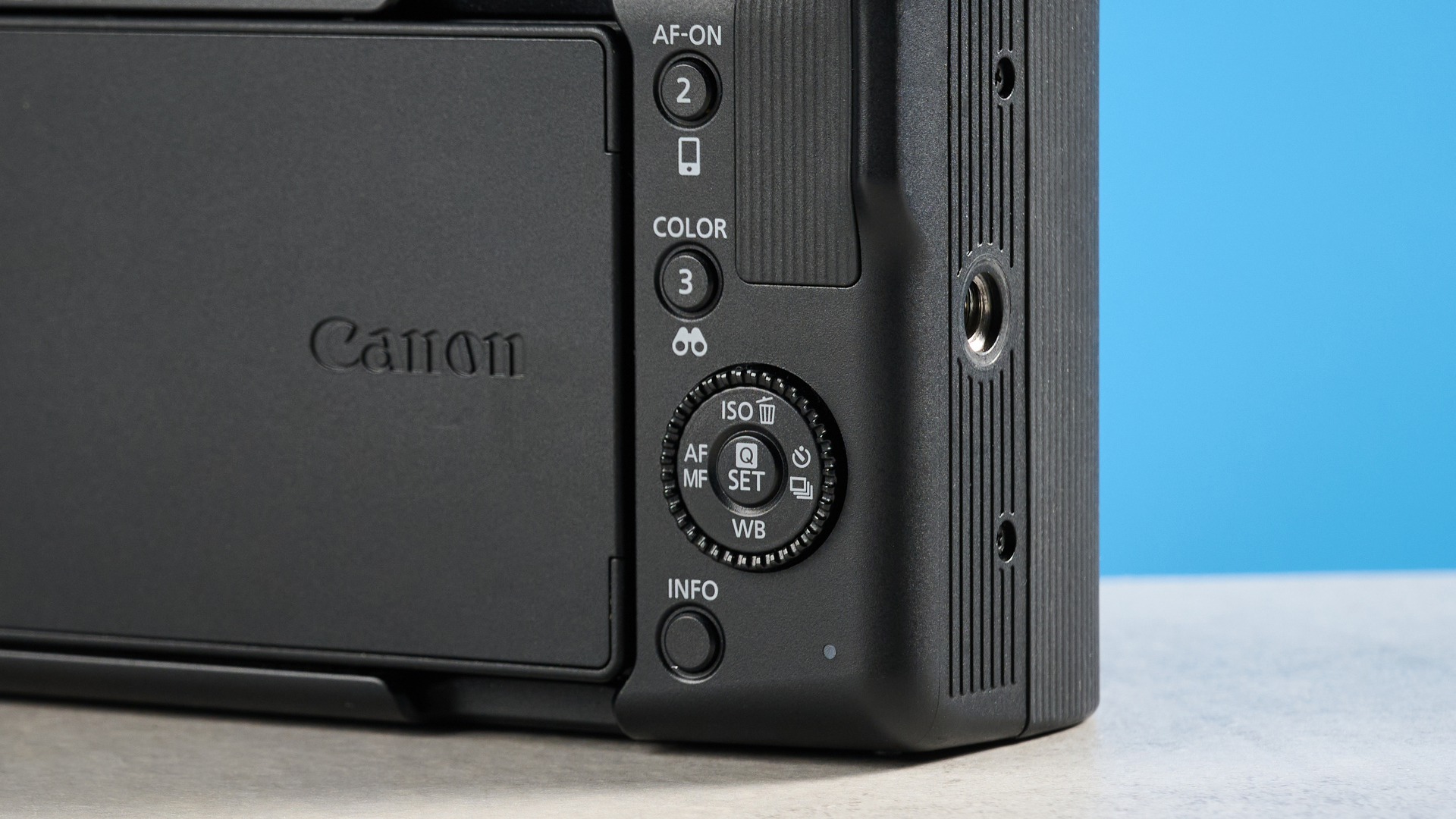
The Canon EOS R50 V is a great stepping stone for those who want to dip their toes into the ocean of mirrorless cameras — especially video-specific mirrorless cameras. Canon has packed the EOS R50 V with its quick and reliable autofocus with Auto subject detection and accurate color science.
As a video-first camera, the EOS R50 V sports two recording buttons for easy access. It’s capable of recording smooth 4K/60fps and modes like Cinema View and C-Log 3 give shooters more flexibility. Not just that, but the camera is great for capturing stills too with its 24.2MP sensor. But since the camera costs just $699, you’re missing out on in-body image stabilization, which may be an issue if you want to experiment with non-IS lenses (and given the restrictive nature of Canon APS-C native, RF-S lenses, you probably will want to before long).
Overall, though, I’d recommend the EOS R50 V to anyone who wants to step up their videography. And since you can change lenses, you get more flexibility as opposed to the fixed-lens Canon PowerShot V1. The EOS R50 V is a compact but powerful camera that’s been a pleasure to use.

Nikita is a Senior Writer on the Reviews team at Tom's Guide. She's a lifelong gaming and photography enthusiast, always on the lookout for the latest tech. Having worked as a Sub Editor and Writer for Canon EMEA, she has interviewed photographers from all over the world and working in different genres. When she’s not working, Nikita can usually be found sinking hours into RPGs on her PS5, flying a drone (she's a licensed drone pilot), at a concert, or watching F1. Her work has appeared in several publications including Motor Sport Magazine, NME, Marriott Bonvoy, The Independent, and Metro. You can follow her photography account on Instagram here.
You must confirm your public display name before commenting
Please logout and then login again, you will then be prompted to enter your display name.
